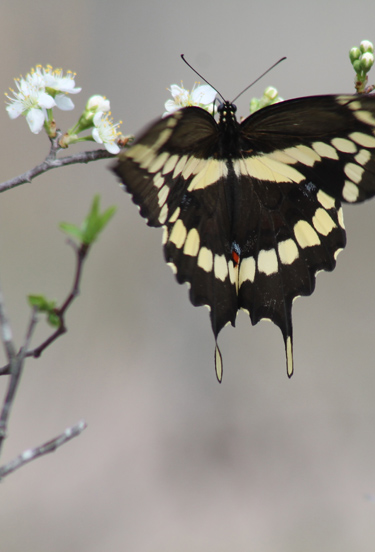Fireflies and Night Skies
There is something so magical about fireflies. The way they light up the night sky just begs to be chased and admired by all ages. I remember putting my hand beneath them as a kid when they flew along my campsite in South Llano River State Park, feeling cool air radiate from them onto my skin and marveling at the sensation. Some people call them lightning bugs, while others call them fireflies. Whatever you choose to call them, there’s no doubt these cool bugs capture everyone’s attention as they set the world aglow in warm summer nights.
Fireflies have relatively short lifespans. Adults live for about a month until they mate and lay eggs into the ground, which hatch larvae (known as glowworms). The larvae then live for 1-2 years underground before entering the pupa phase and finally grow into adulthood. As adults, both male and female fireflies flash to communicate and survive.
Sadly, firefly populations have been struggling. This is speculated to be because of habitat disruption or destruction from factors such as light pollution, extreme drought, development patterns (e.g., draining marshland, paving forests and fields), and landscape management practices (e.g., pesticides, short grasses, frequent mowing).
Light pollution in particular is gaining attention for its contribution to firefly decline worldwide. Fireflies flash one another to attract mates and signal warnings, but they need to have a certain amount of darkness to know when to begin flashing. Too much light from cities or suburban areas can prohibit their habitats from getting dark enough, and flickering lights or even cars can confuse the tiny insects and stifle their communications…leading to a male and female missing out on an important date night.
So, what can you do to help fireflies thrive in your yard, school, church or local garden? Here are a few best practice firefly “dos” and “don’ts”:
Do:
- Turn off outside lights at night or use “dark skies lighting” that points down instead of out or up
- Let fallen leaves and branches linger- this is important habitat to fireflies
- Let longer grasses grow or incorporate them into the landscape (mow in sections so part of it is longer)
- Incorporate a water feature such as a bird or butterfly bath or drip
Don’t:
- Use pesticides or lawn chemicals
- Over-groom the landscape
- Introduce non-native plants or organisms- especially non-native earthworms
On a related note, light pollution (both indoor and outdoor) is disruptive to children’s sleep. Lack of a good night’s sleep can cause children to be less attentive at school and can also be harmful to their overall health and wellness. And, 80% of Americans report never having seen the Milky Way because of, you guessed it, the growing glow from artificial lights that blocks out the natural darkness of the night sky.
You can make a difference for fireflies and for the children in your life by participating in best practices at your home, school or local garden, and for your kids by getting them off bright screens and into nature experiences both day and night.
Help your children play, explore and connect with nature near you by visiting NatureRocksTexas.org. There you can find night hikes and stargazing parties; and green spaces near you with vegetation and riparian areas that fireflies love, with protected dark skies where they can clearly communicate.







